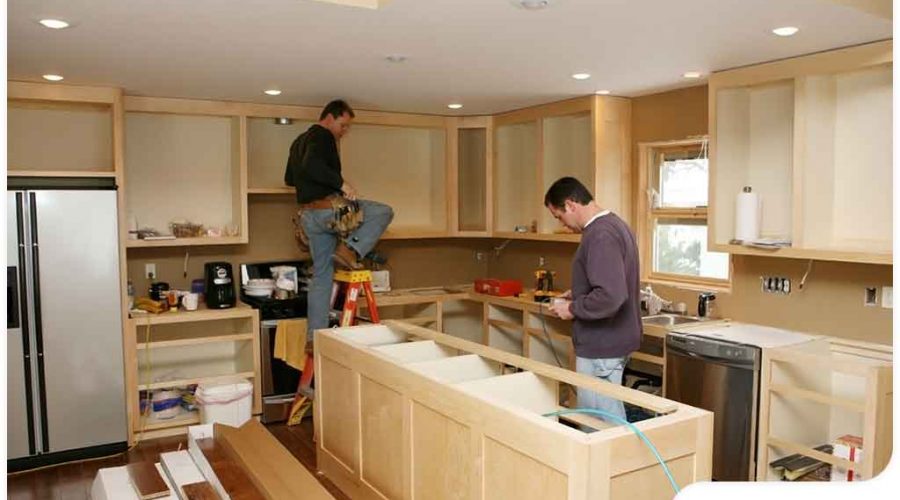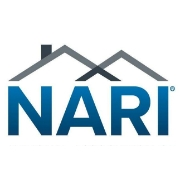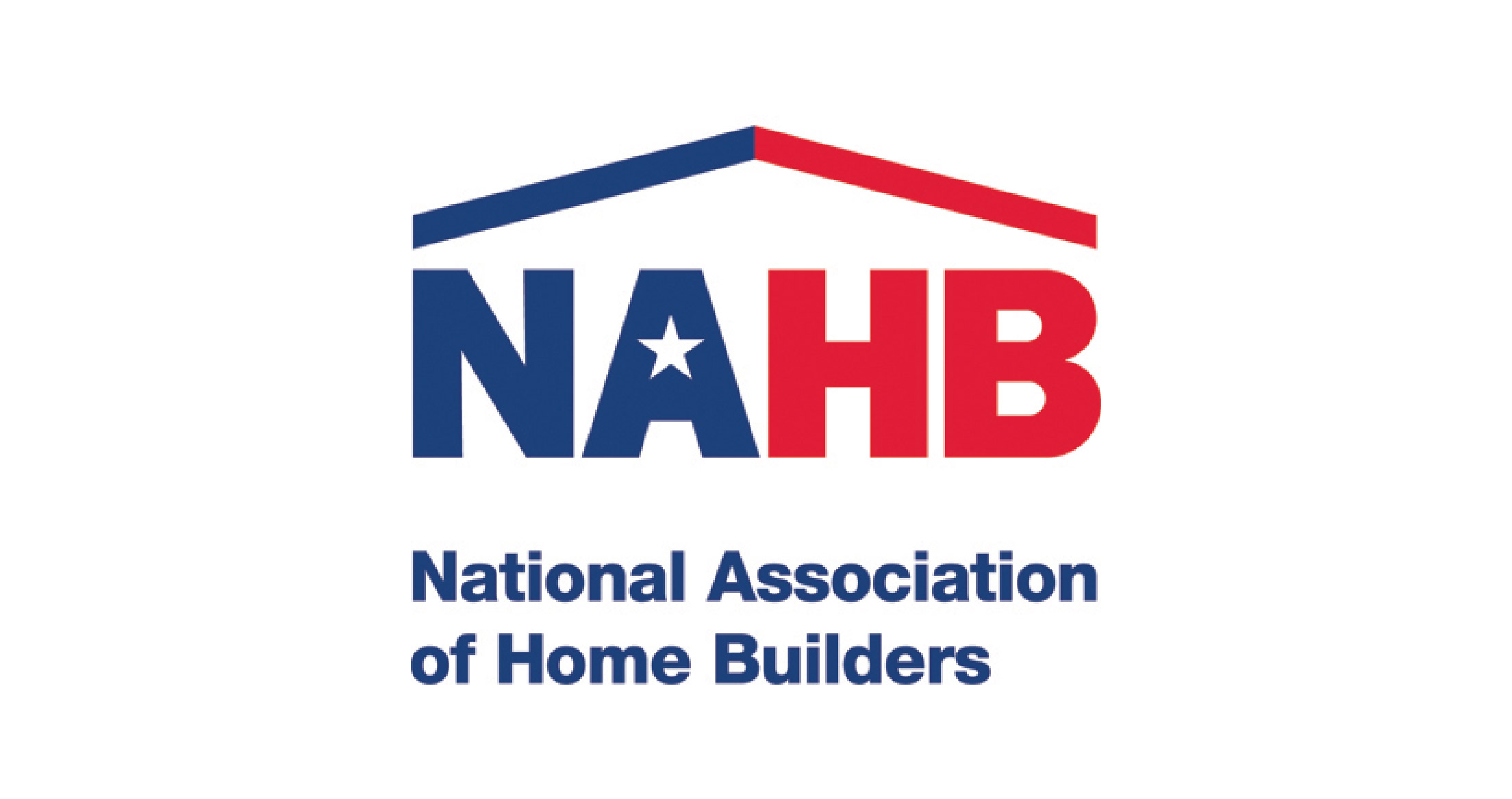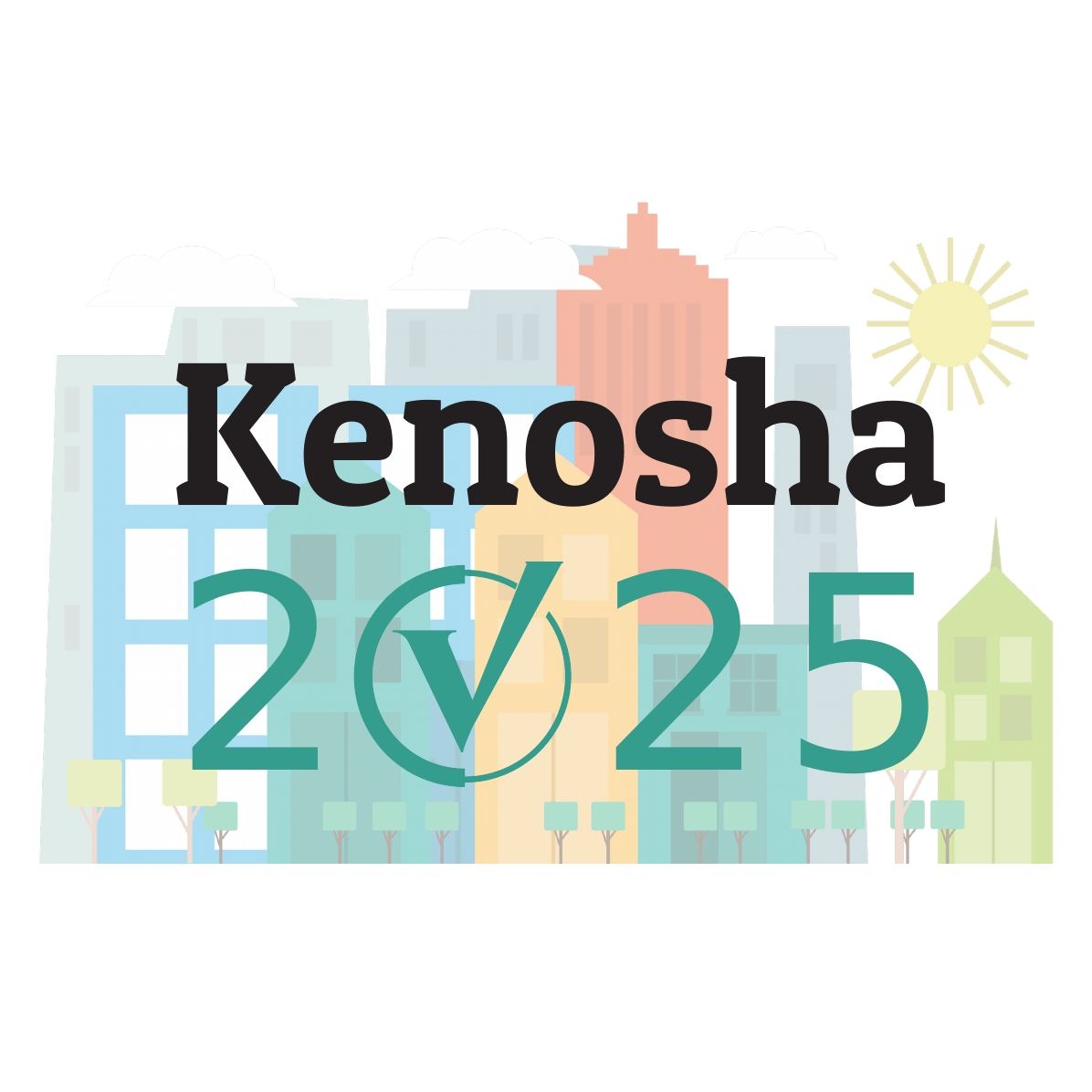
Going green isn’t just a trend, it’s a matter of practicality. Installing energy-efficient features in your home can, over time, help reduce household utility bills. How can you make energy efficiency a priority when you’re planning a home addition? Learn more in this post.
Whole Systems Thinking
When pursuing a home remodeling project, always remember the principle of whole systems thinking. This principle advocates looking at how all the aspects of a home addition—from the foundation and roof right down to windows and doors—can contribute to your home’s overall energy efficiency. Installing just one green home feature is unlikely to make a measurable difference.
Recommended Energy-Efficient Features
Which energy-efficient features are essential in a home addition?
- Low-emissivity or multiple-pane windows – According to the Department of Energy, windows account for 25% to 30% of cooling and heating use in the average American household, which is why it makes financial sense to install low-e or multiple-pane windows. Low-e glass prevents solar rays from passing through and raising temperatures inside your home. Multiple pane windows are filled with inert gas (usually argon or krypton) that can prevent the transfer of heat and increase a window’s insulative capabilities. To maximize natural lighting, choose windows with wide glass panes.
- Structural insulated panels (SIPs) – Even energy-efficient windows won’t be effective if there isn’t enough insulation in your home. SIPs are one of the most energy-efficient and cost-effective options on the market. The panels are made of an insulating foam core sandwiched between two facings. You can ask your local remodeling contractor about framing techniques, such as combining rigid foam insulation with traditional wall insulation to further increase your home’s energy efficiency.
- Low-flush toilets & low-flow faucets – Given that toilets and faucets account for 30% and 15% of water consumption in an average home, respectively, it makes financial sense to install low-flow fixtures. Low-flow toilets can save the average American household roughly 25 gallons of water per day—or more than 9,000 gallons per year—while low-flow faucets can reduce daily water consumption by more than 30%, or up to 500 gallons of water per year.
- Efficient lighting – Use halogen incandescents, compact fluorescent lamps (CFLs) or LED light bulbs, which use up to 80% less electricity than a conventional light bulb.
If you’re shopping for new appliances, make sure to buy ones with the ENERGY STAR® label. Only appliances that meet the EPA’s stringent energy requirements have this label.
Let’s Start a Conversation!
DreamMaker Bath & Kitchen of Southern Lakes offers a wide range of professional remodeling services, including closet remodeling services. To get started with a no-obligation consultation, call us at (262) 923-8721 or contact us online!





